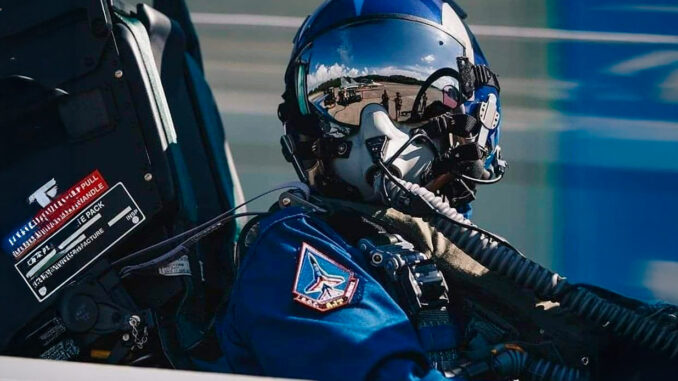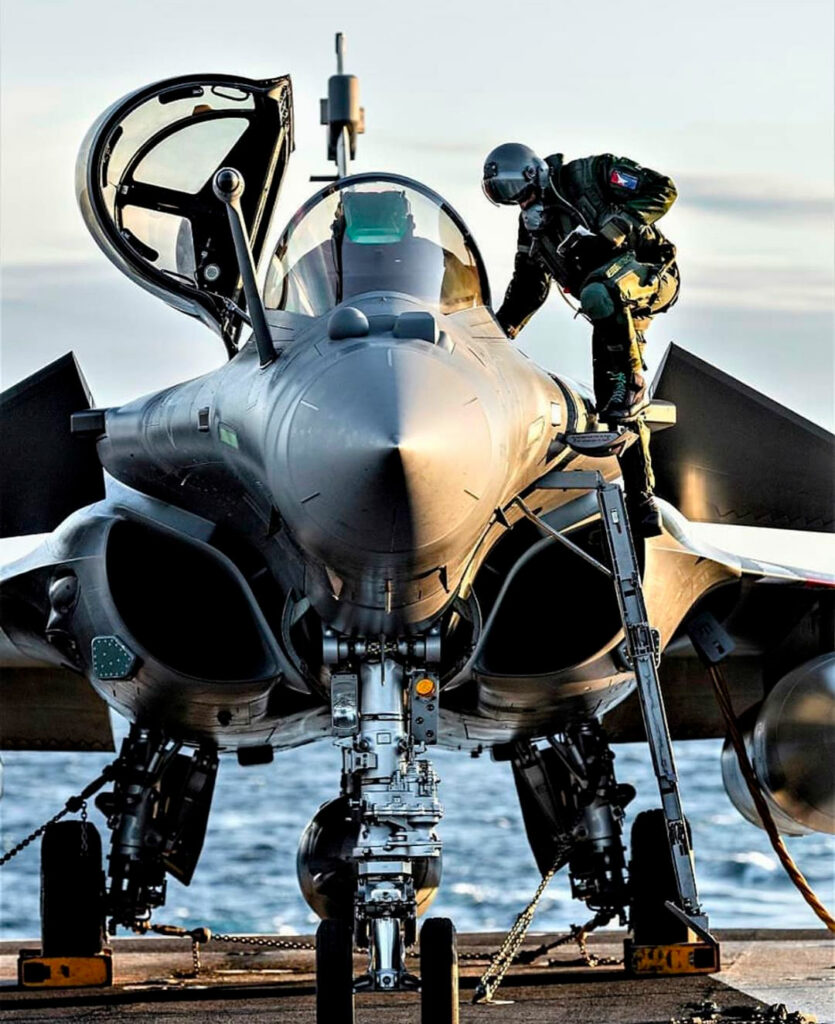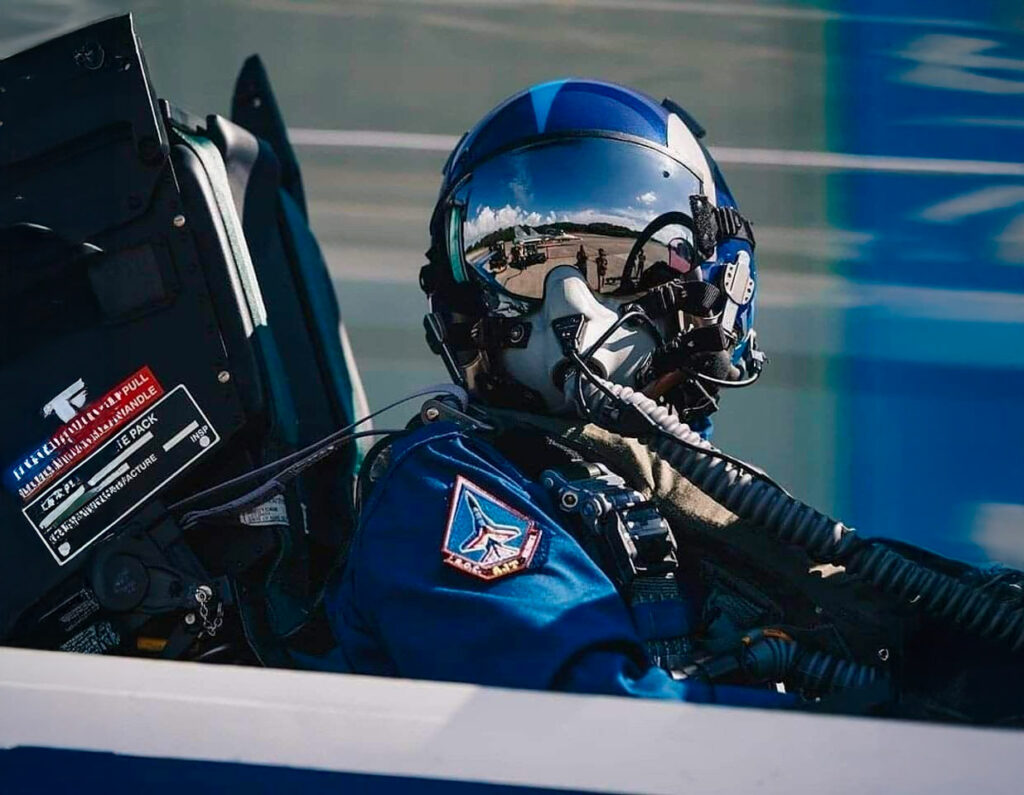
Discover how fighter pilots are trained in the techniques and strategies of close air combat, known as dogfighting, in real-life conditions.
Close air combat, or dogfighting, is a high-intensity situation that every fighter pilot must master. Despite major technological advances, short-range aerial confrontations remain an operational reality. To prepare these professionals to manage these extreme conditions, air forces adopt a methodical and rigorous approach. Fighter pilot training thus covers various essential aspects such as maneuvering techniques, stress management, and aircraft control within critical limits. In the United States, France, Israel, Russia and elsewhere, dogfight training programs are based on precise doctrines, incorporating hundreds of hours of simulation and demanding real-life exercises. Understanding in detail how these training programs are structured makes it possible to grasp why, despite the advent of long-range missiles, close air combat skills remain an absolute requirement for any fighter pilot.

Theoretical training and the fundamentals of air combat
The training of fighter pilots in dogfights always begins with a solid theoretical foundation. As soon as they arrive at the school, the pilots receive in-depth instruction on the fundamentals of air combat. These fundamentals include an in-depth study of classic maneuvers such as the Immelmann, the Split-S or even tight turns in a turning fight. Pilots learn to quickly identify their energy advantage or disadvantage, a determining factor in an aerial confrontation.
In the United States, for example, students at the Navy’s famous “Top Gun” school spend nearly six weeks solely on the theory of close air combat before any actual practice. In France, at the Operational Transition School (ETO) on Alphajet at Cazaux, students undergo similar training lasting several weeks devoted exclusively to dogfight tactics and the management of weapons systems in close combat.
The pilots also study the precise characteristics of potential enemy aircraft, their minimum turning radius, their acceleration capabilities, as well as their tactical weaknesses. This in-depth theoretical preparation, which represents approximately 200 hours of classes spread over several months, is essential for the fighter pilot to be able to make informed decisions in the heat of combat.
The training also includes a psychological and cognitive dimension. Pilots learn to manage the overload of information from instruments, radio communications and direct threats in high-stress situations. Studies conducted by the US Air Force have shown that pilots trained to methodically manage their cognitive load improve their operational efficiency by an average of 30% in real-life situations.
Practical dogfight training: simulation and reality
The next crucial stage is practical training, which combines digital simulations and real flights. Modern simulators, such as those used at the Top Gun school (United States), the French air force school in Salon-de-Provence, or the American Red Flag school, offer an extremely faithful reproduction of aerial combat conditions. These simulators allow fighter pilots to repeat multiple scenarios by varying weather parameters, weapon configurations, and characteristics of opposing aircraft.
The compulsory minimum duration of simulator training dedicated exclusively to dogfighting is generally between 50 and 70 hours per year for operational pilots of the major Western air forces. This virtual training allows pilots to assimilate tactical maneuvers and develop conditioned reflexes.
The real test, however, is in real flight. In the United States, the Red Flag program brings together more than 120 aircraft every year in the Nevada desert for realistic aerial combat. During these exercises, a fighter pilot can carry out up to three missions a day for two weeks, accumulating around thirty hours exclusively devoted to close air combat against opposing aircraft piloted by specialized instructors, called Aggressors.
In France, in Orange or Mont-de-Marsan, operational Rafale and Mirage 2000 pilots regularly carry out intensive training at very low altitude, simulating close combat with extreme angles of attack that can exceed 30 degrees. These maneuvers are performed at speeds of between 400 and 700 km/h, generating gravitational forces (G) of up to 9G. These conditions require rigorous physical preparation to avoid loss of consciousness, a phenomenon that frequently occurs when the pilot reaches human physiological limits.

Operational evaluation of fighter pilots in aerial combat
The final assessment of dogfight training takes place during complex exercises simulating real engagements. In the United States, these operational evaluations include combat scenarios against fourth and fifth generation aircraft such as the F-16, the Rafale and the F-35. Each fighter pilot undergoes specific tests to measure his decision-making abilities, the precision of his maneuvers, and his ability to use his weapons systems effectively in a high-pressure environment.
In Israel, pilots regularly undergo “Check-Rides”, very demanding real-flight evaluations during which an instructor notes and analyzes each action of the pilot in an air combat situation. The average success rate in these operational evaluations is around 80%, and pilots who fail must systematically repeat additional training before resuming operational activity.
In France, international exercises such as the Tactical Leadership Program (TLP), in which several Rafale and Mirage 2000 pilots participate each year, offer realistic evaluations in an international coalition. These exercises bring together up to 50 fighter planes from different European and North American countries to test their dogfight skills in very precise and varied tactical scenarios. The results obtained have a direct influence on the operational career of the pilots, as only those who have reached a level of excellence are authorized to carry out critical missions.
The overall cost of this intensive training is high: an operational fighter pilot represents an average investment of 2.5 to 3 million euros per year for the major Western air forces, including flight hours, logistics and maintenance associated with regular dogfight training.
War Wings Daily is an independant magazine.